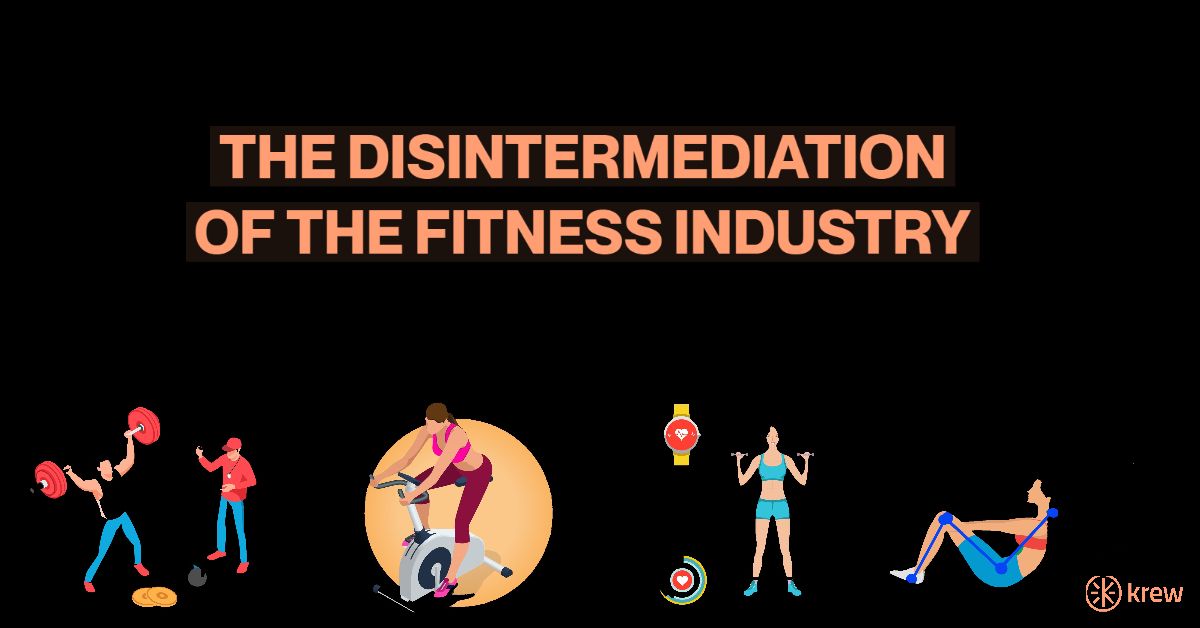The quest for health and wellness is more accessible than ever before, allowing consumers to finally take control of their health, as they rightly should. At the same time, technology is disrupting the digital fitness market, and agile fitness platforms are responding by pushing into new verticals to feed consumers’ need for convenience, variety and personalization.
One key trend in this space is disintermediation – the process that has progressively led individuals towards taking direct control of their fitness regimens. From being reliant on large gyms to gain access to equipment and training, customers have progressively moved towards complete freedom: first investing in at-home machines and subscriptions, and later through platforms that require wearables and fitness trackers. The ultimate culmination of this trend towards disintermediation is the total freedom for consumers to directly access the world’s top trainers and tech through all-in-one platforms such as Krew without the need for any expensive hardware
Here’s a quick round-up of how technology has brought enormous shifts in the fitness industry, and how Krew seeks to build on these trends to offer complete freedom in an ever-changing consumer landscape.
Gyms
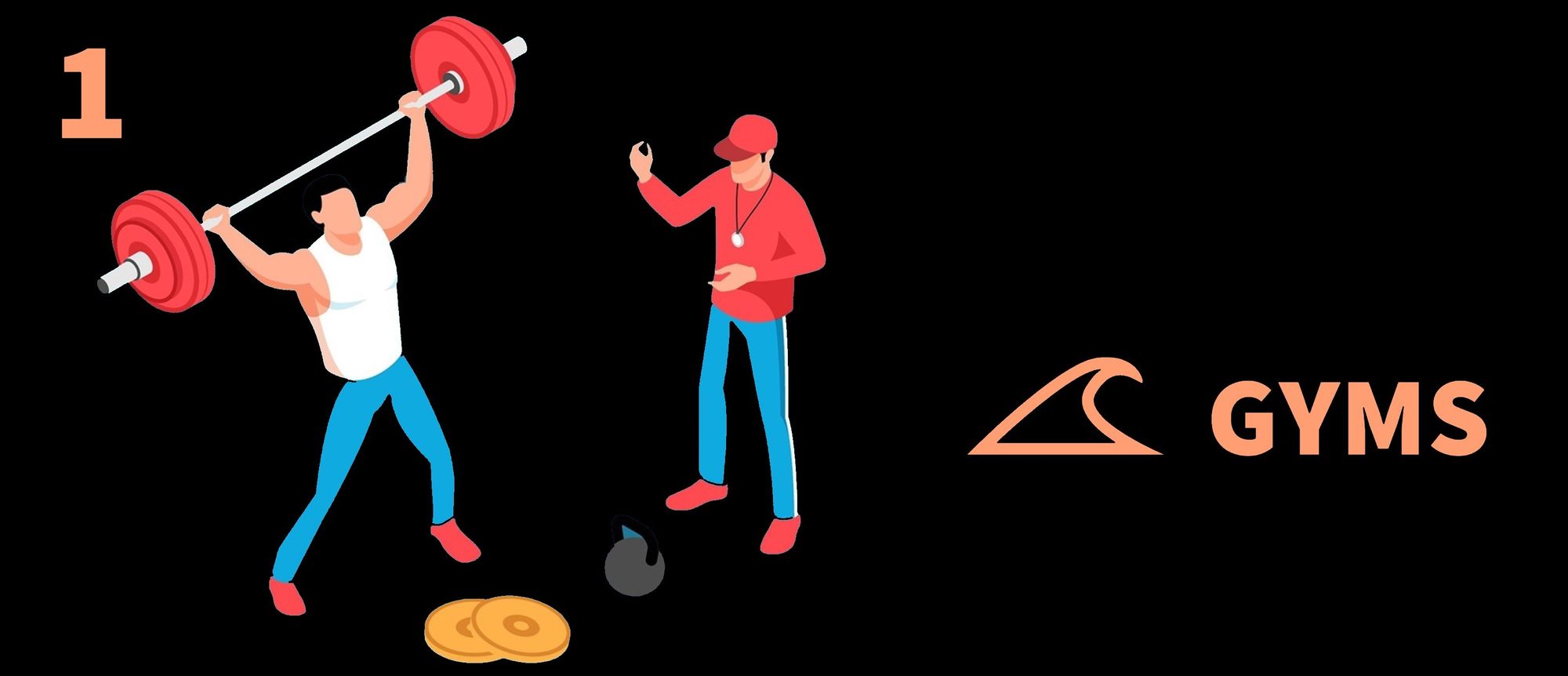
Before the dawn of AI and wearable tracking devices, if you wanted to find out how fit you were, you would simply be asked to flip a tyre or run up and down a flight at the local fitness club. A gym membership was essential to gain access to personal trainers with expert knowledge to get meal plans and exercise routines to help you reach your goals.
Fast forward to 2020, and society has become so technology focused and data-driven, that club memberships need to accommodate their digitally empowered customers on a wider quest for health and wellness. Such quests are also being tailored around people’s dynamic new lives: the rigid timetables of the past simply do not work for those seeking variety and flexibility.
Big at-home machines
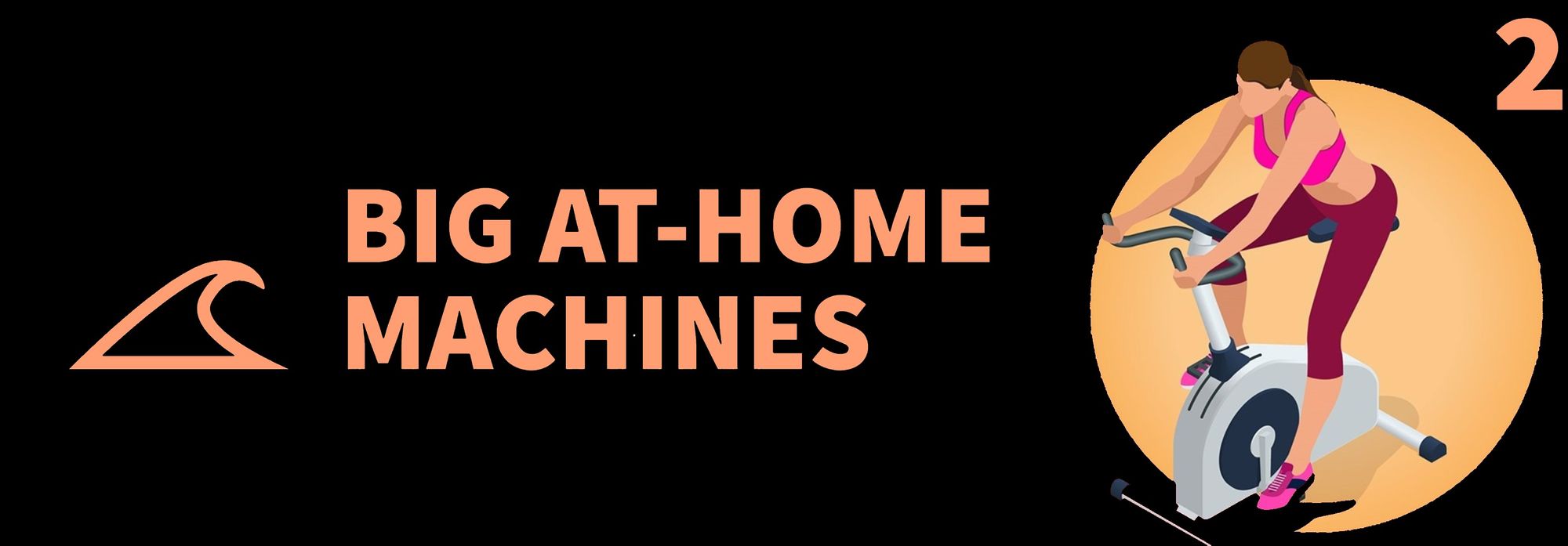
With the first wave of tech-enhanced at-home fitness options, consumers are now able to prioritize privacy and eliminate the judgment that they might once have perceived in physical gyms. Trainers also began engaging directly with their clients, rather than having to use gym subscriptions as intermediaries.
Big at-home machines brought in machine learning to optimize workouts and combined the roles of a personal trainer and a fully equipped gym to instead offer ‘digital weights’ and personalized workout tips for a one-time investment of anywhere between $1500- $4300.
Some interactive fitness machines that are disrupting the market include:
● Tempo Studio: Intelligently designed at-home display with 3D motion capture system and advanced A.I. that comes with equipment in a neatly designed storage compartment.
● Tonal: All-in-one machine that uses an algorithm to control the resistance provided by a digital weight system and offers real-time feedback on how the user is performing strength training exercises through a touch screen.
● Peloton: Smart bike and treadmill with a combination of instructor-led livestream classes and an on-demand library to provide an at-home fitness experience that replicates the energy of an in-person class.
● Mirror: A mirror that utilizes immersive technology to stream diverse styles of classes so users can pursue their health goals at home. It also syncs with a bluetooth heart monitor to give personalized tips and coaching.
By using the latest advancements in technology and AI to personalize workouts, these interactive home fitness equipment are redefining what it means to work out. These types of innovative solutions empower users to train live with other members, all in the familiar environment of their own homes, but require a hefty one time-investment to purchase the hardware, in addition to the monthly subscription for the app.
Platforms relying on wearables & fitness trackers
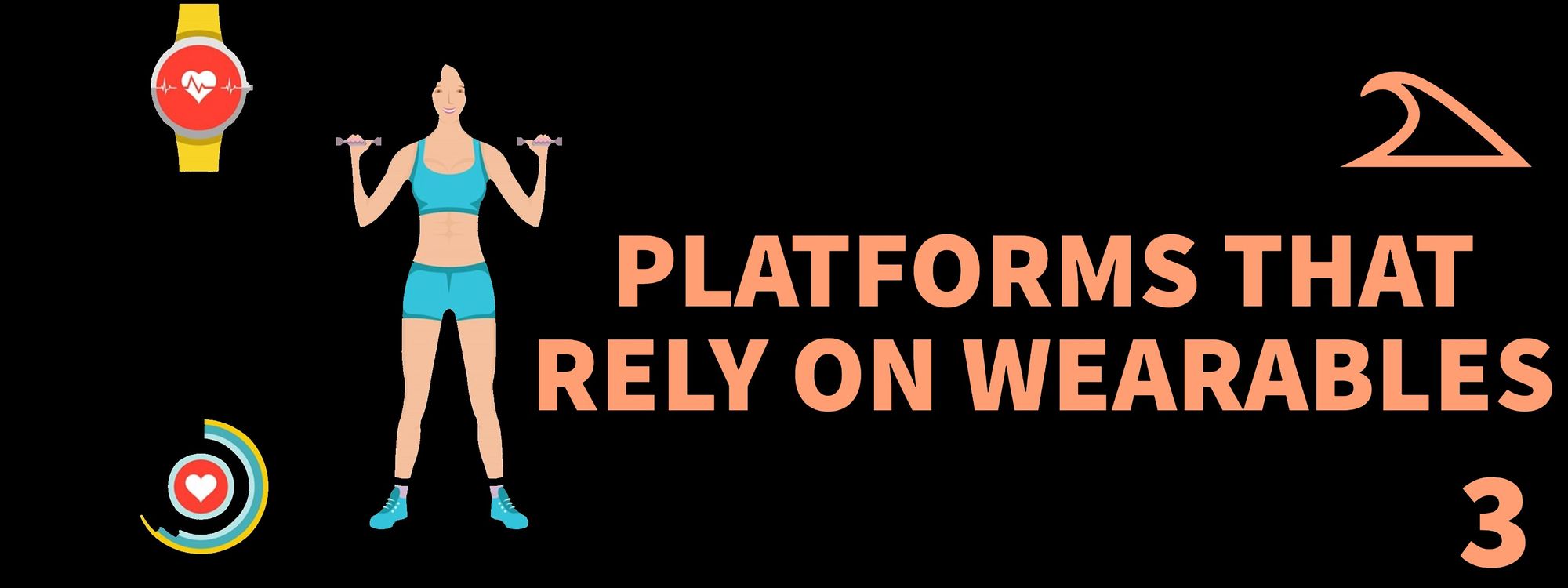
The second wave brought with it enterprises that use wearable fitness tracking technology to track performance metrics and create engaging fitness experiences.
from smartwatches and fitness trackers, to more advanced wearables that integrate with athletic wear.
Some fitness enterprises that are using performance data include:
- FIIT: A fitness app that syncs with a fitness tracker like Wahoo Tickr X, Apple Watch, MyZone to track metrics and compete with others on the virtual leaderboard.
- Orange Theory: Fitness studios that use wearables to send biometric data to an app to give users training insights into their exercise habits.
- NEOU: A live-steaming and on-demand platform that track progress and achievements and is compatible with a TV, Phone, Tablet & PC.
While they foster engaging fitness experiences, creating highly produced content is limited to professional studio settings. However, the following devices seek to bridge the gaps towards democratizing fitness and bestowing greater control in the hands of the consumer
- Wearablex: Yoga Pants with woven-in Technology to help correct posture and provide personalized tips through an app.
- MyZone: A fitness tracking belt that provides real-time feedback on heart rate, calories, and effort that can be used to amplify the group training experience and integrated into a number of workouts.
- Athos: Training clothes for athletes that come stitched with EMG sensors to deliver muscle activity insights in real-time to a smartphone via Bluetooth.
Such fitness trackers gather real-time performance data that helps consumers become more aware of their health conditions, fitness needs, and progress. When they’re visually able to see the activation of muscle groups firing, they’re more motivated to keep training. In just a few taps, they can gain access to key data regarding their behaviours, and see exactly where they’re going wrong and course correct, independent of any outside help. However, these companies don’t democratize fitness as their workouts largely rely on these devices, and take away from the felt-sense of what it means to have a good workout, as opposed to than the numbers say.
Complete freedom
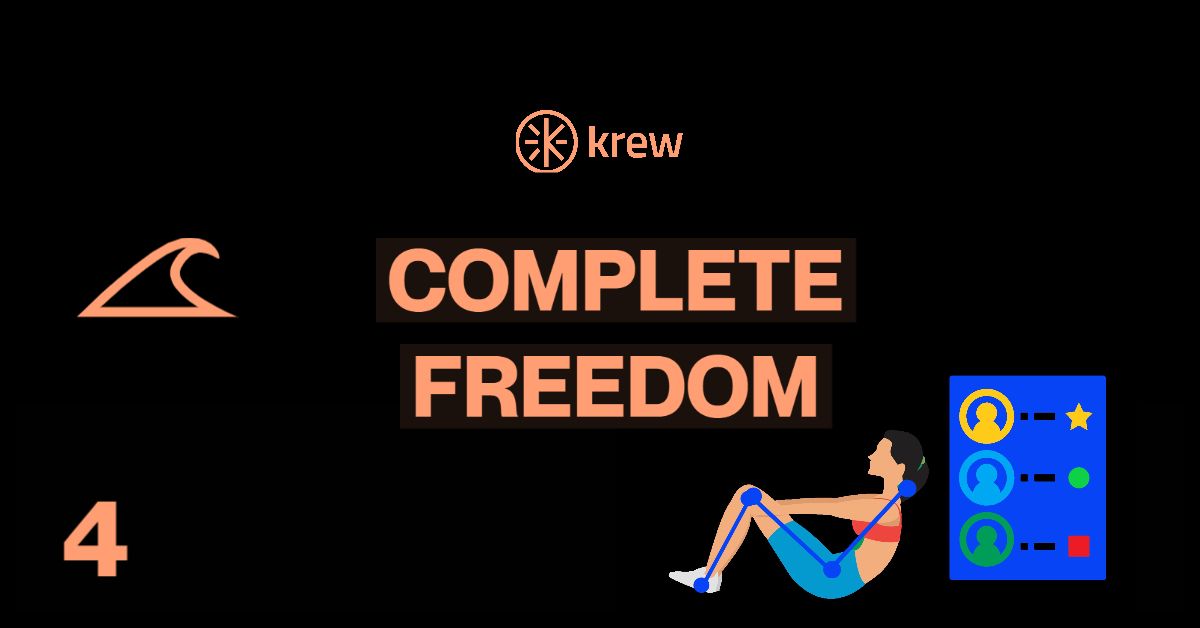
Krew’s all-in-one platform takes disintermediation to its logical conclusion by giving professional trainers complete creative freedom, and giving customers endless freedom of choice.
In the hyperconnected world we live in today, consumers depend on technology to learn about, and measure every facet of their lives, in the same way our ancestors used tools to gather food and survive. Digitization has placed fitness consumers in full control of data gathered, empowering them to analyze and track their own fitness behaviors.
As a consequence, we’re beginning to define ourselves through the autonomy that digital data affords, and Krew seeks to advance the state of the art to deliver a tech-enhanced crossover between health and fitness. With Krew, rainers, nutritionists and physiotherapists can run unlimited, secure, high-quality, live sessions without stressan provide interactive focused feedback and create packages without any monthly fees. In addition, Krew affords ultimate freedom to really allow consumers to create engaging experiences.by offering over 100 daily live sessions to workout to with friends and family regardless of where they are in the world.
In an ever-changing landscape, the industry is headed towards broadening its horizons and diversifying services to offer variety, flexibility, and personalisable options. Technology-driven disintermediation has freed customers and professionals from the constraints of the traditional gym, affording them a degree of freedom that might previously have been unthinkable, and allowing both sides to accelerate progress towards their goals and dreams.

